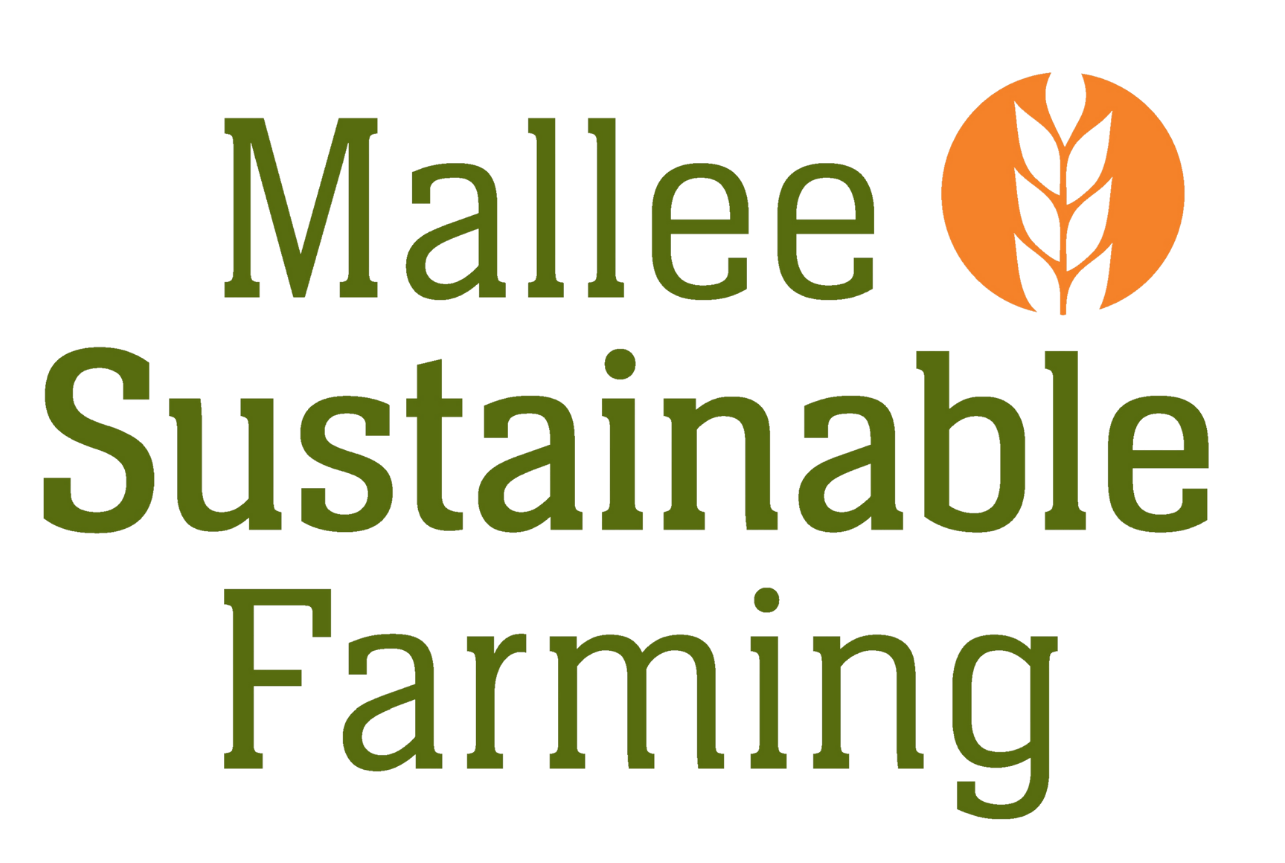
In our latest podcast episode, developed as part of the Future Drought Fund project ‘Building resilience to drought with landscape scale remediation of saline land,’ we had the opportunity to visit Tristan Baldock’s farm at Buckleboo. The focus of our discussion was on innovative approaches to managing saline soils, particularly the use of sand as mulch to re-establish cover in dry saline areas.
The Challenge of Saline Soils
Tristan’s farm spans a range of soil types, from sandy loams to heavy red soils with grey magnesia, and dryland salinity areas. With an annual rainfall of less than 300 millimeters, Tristan operates a purely cropping system, growing cereals, oil seeds, and pulses. However, the salinity of certain areas poses significant challenges, leading to reduced crop productivity and soil health.
Innovative Solutions: Sand as Mulch
To combat these issues, Tristan has been experimenting with the application of sand as mulch over saline soils. This method, initially trialed after floods in past years using silt from the wash, has shown promising results. The sand mulch helps seedlings germinate and grow by mitigating surface salinity and providing cover that reduces evaporation and capillary rise, which otherwise bring salts to the surface.
Tristan shared his observations from the trial, noting clear strips where sand was applied at depths of 2.5 to 5 centimeters. These areas exhibited significantly better growth compared to untreated patches, demonstrating the effectiveness of sand mulch in enhancing crop establishment.
The Logistics of Sand Mulch Application
Despite the success, the application of sand mulch comes with logistical challenges. Transporting sand to the site can be costly and labour-intensive, especially when large quantities are required. For Tristan’s 20-hectare saline patch, approximately 8,000 tonnes of sand would be needed, sourced from about 5 kilometers away.
Tristan emphasized that while the cost of sand is a factor, the primary challenge lies in logistics. The process involves careful planning to utilize existing workforce and contractors efficiently. By addressing the most severe areas first and gradually treating the entire patch, Tristan aims to transform previously unproductive land into viable cropping areas.
The Benefits and Future Outlook
The benefits of sand mulch are becoming increasingly evident. Areas treated with sand mulch show stronger plant establishment and improved crop productivity which can last for many seasons. The cumulative effect of this method ensures that more crop growth each season, goes on to provide more stubble cover over the summer period which in turn helps to mitigate evaporation and the wicking of salts to the surface thereby reducing surface soil salinity.
Tristan’s experience highlights the potential of sand mulch as a viable strategy for managing saline soils. However, the success of this method relies on overcoming logistical hurdles to make it practical and scalable.
We will continue to monitor the progress of Tristan’s trials and share further insights into the effectiveness of this approach.
For more info head to the MSF FarmTalk podcast for Tristan’s interview with Chris McDonough click here
This case study was developed as part of the “Building resilience to drought with landscape scale remediation of saline land” project through funding from the Australian Government’s Future Drought Fund.











